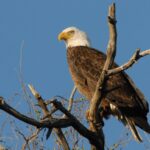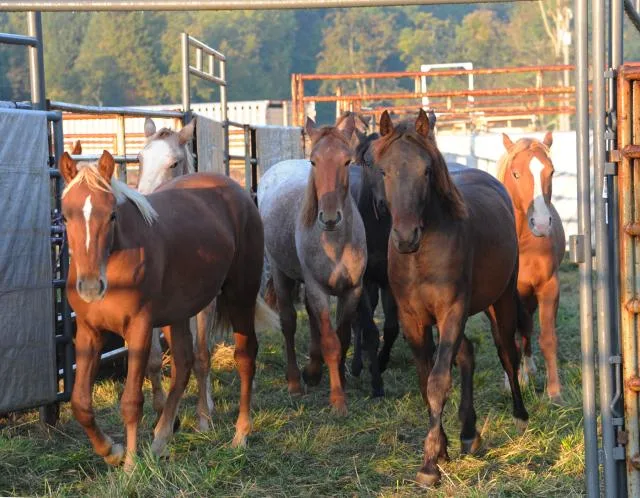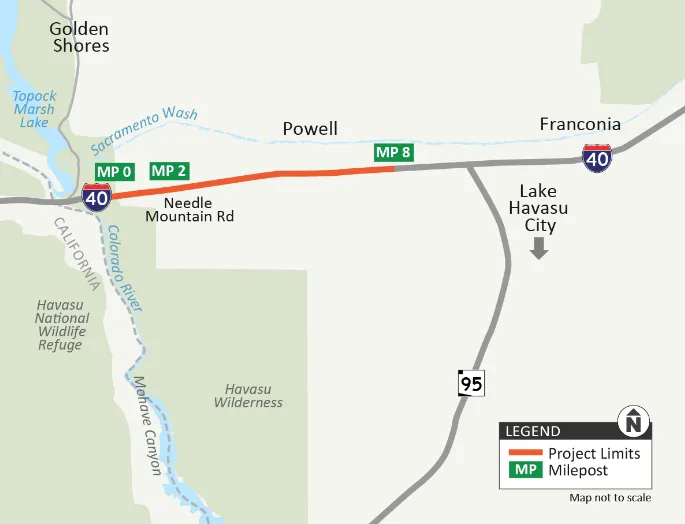PHOENIX — Arizona’s breeding bald eagle population grew to its largest size ever documented, with a record 90 adult pairs occupying breeding areas across the state and hatching a record 96 young during the 2024 breeding season, according to the Arizona Game and Fish Department’s annual survey.
This year’s breeding bald eagles laid at least 119 eggs and produced 96 hatchlings, of which 77 reached the important milestone of their first flight, known as fledging. Statewide, there were 104 documented breeding areas, including seven new sites in 2024.
“Arizona’s bald eagle population continues to be strong,” said Kenneth “Tuk” Jacobson, AZGFD bald eagle management coordinator. “The fact that we continue to see an increase in breeding areas and hatchlings speaks to the resiliency of these magnificent animals and the effectiveness of ongoing efforts to help conserve and protect Arizona’s bald eagles.”
From busy city golf courses to remote forests, the diversity of the active eagle breeding sites across Arizona requires a specialized approach.
“We evaluate each breeding area, its location, the breeding adults and their tolerance to human activities,” said Jacobson. “Then we form the management plan for that area and for the needs of that pair.”
For well-established active breeding sites near busy recreational areas, yearly closures and restrictions are enacted when necessary to protect the breeding attempts, typically beginning in early December and running through the end of the breeding season.
For all new breeding areas, biologists make ground visits to look for signs of intolerance to human activity. If the eagles vocalize, fly in circles or stop normal nesting behavior, more restrictions can be enacted and/or nest watchers deployed to monitor the birds for a longer period of time.
The management is paying off: in 1978, only 11 breeding areas were known with nine adult pairs counted within the state and the species was listed as endangered. Today there are 104 documented breeding areas and 90 adult breeding pairs.
The impressive growth of the population is attributed to the continued efforts of the Southwestern Bald Eagle Management Committee – a coalition of AZGFD and 28 other government agencies, private organizations and Native American tribes – and its years of cooperative conservation efforts, including extensive monitoring by the nationally-awarded Bald Eagle Nestwatch Program.
Bald eagles nationwide were removed as a protected species under the federal Endangered Species Act in 2007. The department’s conservation efforts contributed to the species recovery in the desert southwest. Nationally, the birds remain protected by the Bald and Golden Eagle Protection Act.
The breeding season for bald eagles in Arizona runs from December through August, with eagle pairs at higher elevations nesting later than those in the rest of the state.
2024 Bald eagle breeding season records by the numbers:
* Number of breeding areas: 104, previous record 99 in 2023
* Number of occupied breeding areas: 90, previous record 82 in 2023
* Number of active breeding areas: 79, previously 72
* Number of eggs laid: at least 119, previous record 104 in both 2021 and 2022
* Successful breeding attempts: 51, previous 45 in 2023
* Number of young hatched: 96, previous 87 in both 2021 and 2018
* Number of young fledged: 77, previous 70 in 2018












